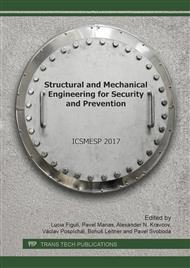p.300
p.322
p.328
p.333
p.340
p.346
p.353
p.360
p.374
Modelling and Simulation of Crisis Phenomena as a New Tool for Research and Training in Visegrad Countries
Abstract:
The article is dedicated to addressing actual problems associated with the investigation and research findings concern with crisis phenomena. Firstly, it attempts to relay common understanding of crisis phenomena and to describe the preparation of crisis scenarios as an effective tool to simulate the negative effects of the crisis phenomena that allow to plan preventive measures, means and resources to address them. The core of an article deals with the problems of increasing number of software tools. On one hand, as positive effect on expansion of operational analysis in crisis management. There are listed some well-known software tools used in Visegrad region. Additionally, there are reported four most important academic institutions dedicated to research dealing with crisis and their approaches to crisis phenomena investigation. On the other hand, there is a significant part, called Standardization, which discusses about generating enormous quantum of disparate software solutions as negative effect. Last part of an article is dedicated to finding possible solutions to represented problem.
Info:
Periodical:
Pages:
346-352
Citation:
Online since:
September 2017
Authors:
Keywords:
Price:
Сopyright:
© 2017 Trans Tech Publications Ltd. All Rights Reserved
Share:
Citation:


